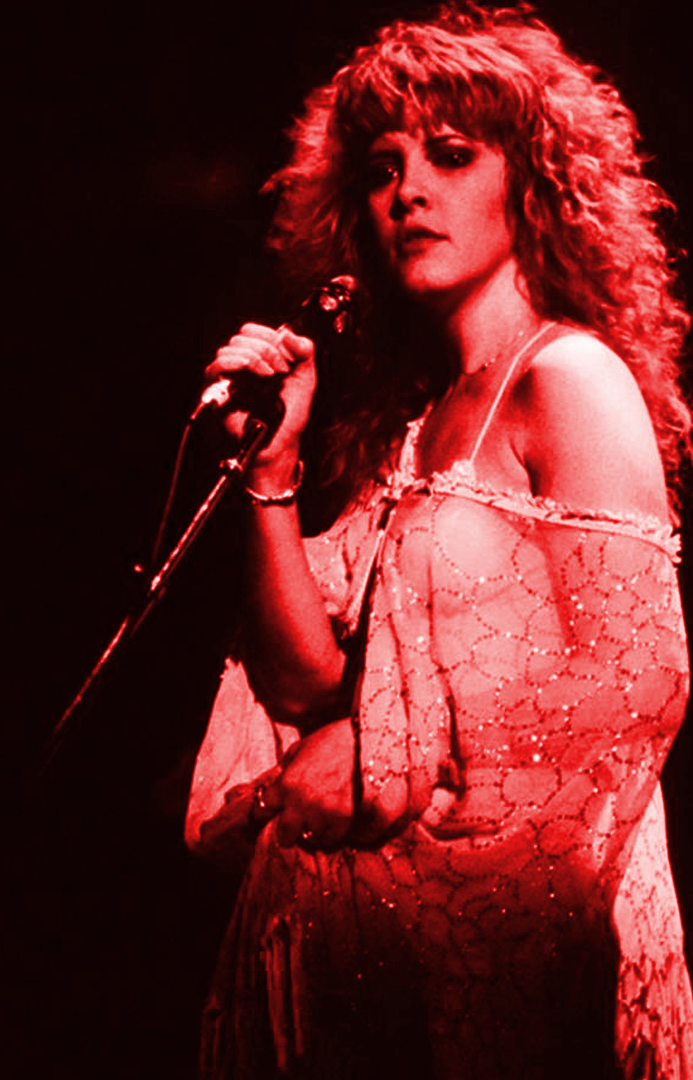Window boxes of Charleston – more than what meets the eye
CHARLESTON, S.C. (WCBD) – The window boxes that adorn homes throughout the Charleston peninsula are more than just colorful accents – they are a unique blend of design, horticulture, and history.



The design process
These miniature gardens include carefully curated plant arrangements. The design of each box usually follows the “thrill, fill, and spill” method. The “thrills” are the dramatic focal point, the “fills” are seasonal filler foliage, and the “spills” are the plants that flow over the outside of the box.
Christina Suaso, local window box designer and owner of Flower Girl Designs, states that each arrangement begins with understanding the client and their space.
Then she checks if her client’s window box will be in full sun, shade, or a mix of both. “Lighting is the number one requirement for plant choice,” says Suaso.
From there, she discusses color preferences and assesses the homeowner’s style.
“Everyone is different,” she said. “Some people want all the colors, while others prefer classic greens and whites.”
Balancing beauty and practicality
Designs include a wide range of plant species due to the variety of choices that can brace Charleston’s subtropical climate, so designers are not limited to native plant species.
When Suaso uses native plants, she states they are “great for our local pollinators and ecosystems, but using solely native species creates a pretty limited selection of flowers and foliage.”
Another important factor is irrigation. “Charleston summers are hot,” Suaso said. If irrigation isn’t available, she’ll select more drought-tolerant plants.
Historical roots
Charleston window boxes have deep historical roots. John LaVerne, tour guide at Bulldog Tours, tells us historians believe window boxes originate from Ancient Egypt, as they were used to grow medicinal plants for health purposes, and from there, they grew into herb gardens. Over the centuries, they evolved into kitchen gardens for those without space for a traditional yard to have access to herbs for cooking purposes.
According to LaVerne, during the Victorian era, window boxes were used for decorative purposes in Charleston.
LaVerne states that in Charleston, they also served practical purposes. Plants like rosemary and lemongrass were used to repel mosquitoes, and fragrant flowers helped mask the smell of the streets.
Click Here for the Full Article
Author: Claudia Landis











